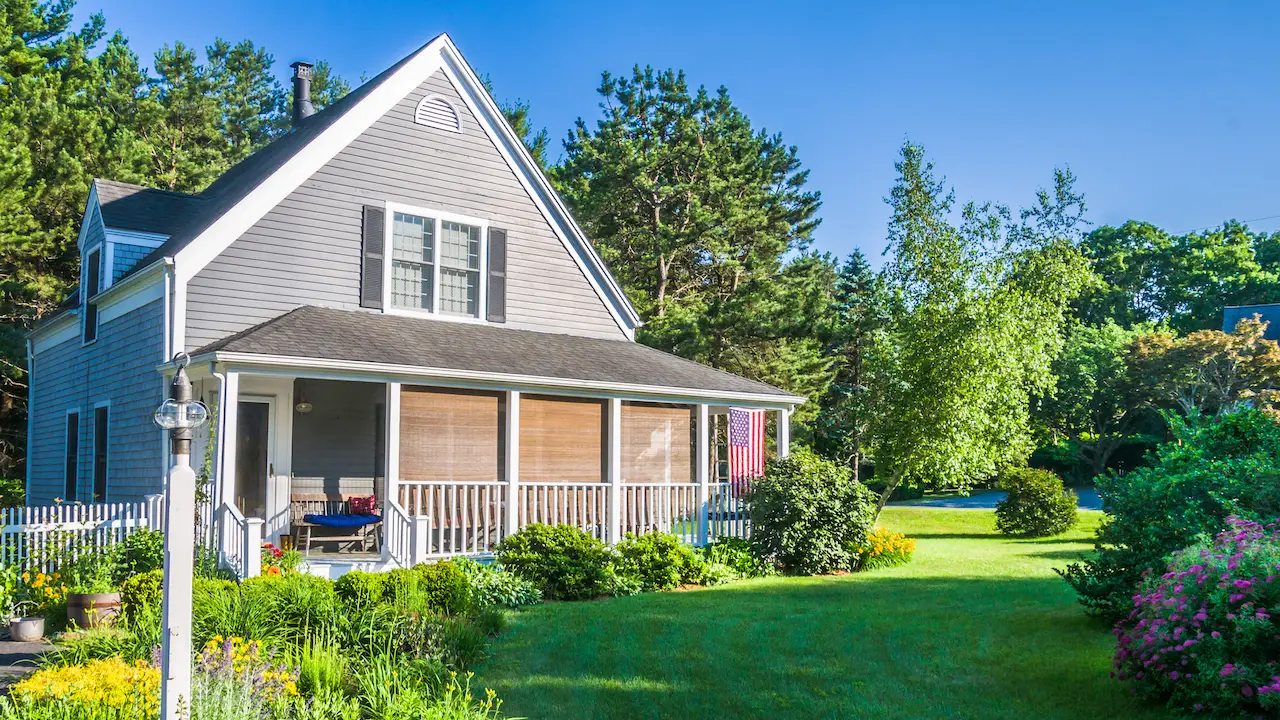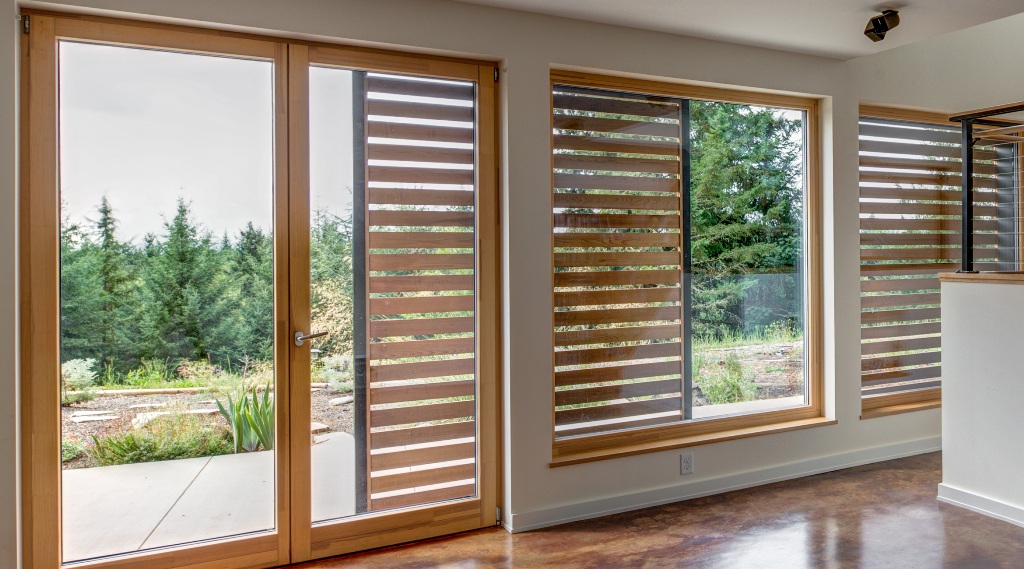Truths and myths in Passive Houses. And it is that the Passive concept is very new in Spain. And that is why many doubts and misunderstandings can arise about it. But don’t worry because in this post we tell you the truth and the myths behind Passive Houses.
False myths about Passive Houses
In the first place, it seems important to us to highlight the difference between a Passive House and a Passive. Although it is true that they start from the same idea, there is a small difference. A Passive House speaks of homes with a great energy performance. Based mainly on orientation, insulation, tightness or materials. This leads to savings in maintenance as well as greater comfort.
But the measurement or precision of this behavior to know how passive the house is depends on who projects it. Without external control and without obligation to quantify the home. That is, what transmittance do these enclosures have. How many hourly renovations does the house have? What demand exists measured in kWh/m2/year.
That is where the Passive concept appears, which refers to the certificate granted by the German Passive Institute as an external and objective body. And that verifies that the house meets the requirements of the standard. This supposes the guarantee that what is said is fulfilled.
Therefore, all certified Passive are passive houses, but not all passive houses are Passive. In fact, and without passing that certificate, we cannot have such precise data and therefore certainty or guarantee of how well that house behaves.
Myth 1. Passive can’t be pretty.
Of course it is possible for a Passive to be beautiful. In fact, it must be so. Because nobody wants to live in a house that they do not like aesthetically. The Passive standard requires a better behavior of the materials and therefore the windows, for example, must be of better quality than the traditional ones. And that requires the frame to be a bit thicker than the thinnest options on the market. But it is understood as something more accessory that clearly compensates in the balance.
On the other hand, it is common to come across the idea that all Passive are closed cubes with hardly any windows, and small ones. It is also flatly false. What happens is that you must know how to orient and place those windows, choosing the correct place and orientation. And of course protecting them depending on the above. Also, of course, a compact house has a better form factor and helps make it efficient, but you can’t go simple. A house with several volumes, disaggregated, can also be Passive certified even if it has a larger envelope. It will simply be necessary to quantify the demand to calculate the necessary thickness and insulation.
In short, a Passive home can and should be beautiful as well as efficient. And for this it is only necessary to have a team of professional and specialized architects who control the needs of the standard. In order to be able to design homes with large windows, with more disjointed or suggestive shapes. And that they can also be certified Passive.
Myth 2. A Passive is much more expensive than a normal house.
The price difference compared to a traditional house is not that great and it pays for itself in a short time. Assuming an unbeatable short-term investment. In fact, the difference can range up to 20% of the budget, mainly due to the higher quality of insulation, installations and windows.
But in any case, it does not make such a big difference as to think that Passive are a luxury that few people can afford. If we also think about the savings that this type of house entails, in a period of 5 or 10 years, depending on the house, that extra cost could be profitable. Beyond of course the improvement in the comfort of the home, which is an intangible. But a great reason to opt for Passive homes.
For this reason, if a person is thinking of building a new construction house, the difference should not be an insurmountable obstacle.
Myth 3. In a Passive no heating is needed.
A Passive House does need heating and cooling. It just takes a lot less and is also achieved by more efficient means. This is what leads to greater savings in this type of housing. The difference is that a Passive, as it is much better insulated and more hermetic, preserves the interior temperature better. Thus achieving comfort conditions with much less energy input.
The thermal oscillation is much lower than in a traditional home. Therefore, with very little energy, passive housing will be able to maintain the same temperature all year round.
In addition, it depends on the location and the weather, it will be more demanding in winter or summer. For example, in Germany, where the Passive standard comes from, winter is more restrictive. But in Spain summer is a bigger problem depending on the area, orientation and type of carpentry… A Passive in Zaragoza, a Passive in Madrid or a Passive in Valencia is not the same. But for this, the transmittances and demands of the house in the project phase are calculated, to ensure a perfect functioning of the Passive House throughout its useful life.
Myth 4. In a Passive the windows cannot be opened.
The reality is that you do not need to open the windows. But it is not needed because the Passive House is 24 hours a day ventilating, efficiently, and filtering all the air that enters. This largely prevents the entry of allergens, dust or other harmful elements. And guaranteeing clean and renewed air at all times. And that contributes enormously to the interior comfort of the house.
Of course you can open the windows in a Passive house. It is simply a matter that when the air that will enter is done, it will not be air-conditioned or filtered. Which will lead to more energy expenditure unnecessarily. And since the house already ventilates by itself, it is not necessary to open them to ventilate.
Myth 5. Anyone can design and build a Passive.
As has been seen, a Passive or Passive House has a better performance and therefore leads to greater savings than a traditional home. And this is achieved through precise design with special construction solutions. The use of specific materials adapted to these requirements. And, of course, on-site control by qualified agents with experience in this type of housing that guarantees that it is executed as designed.






